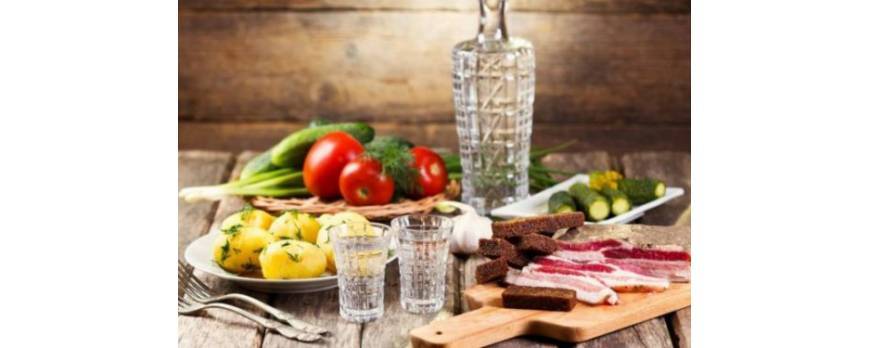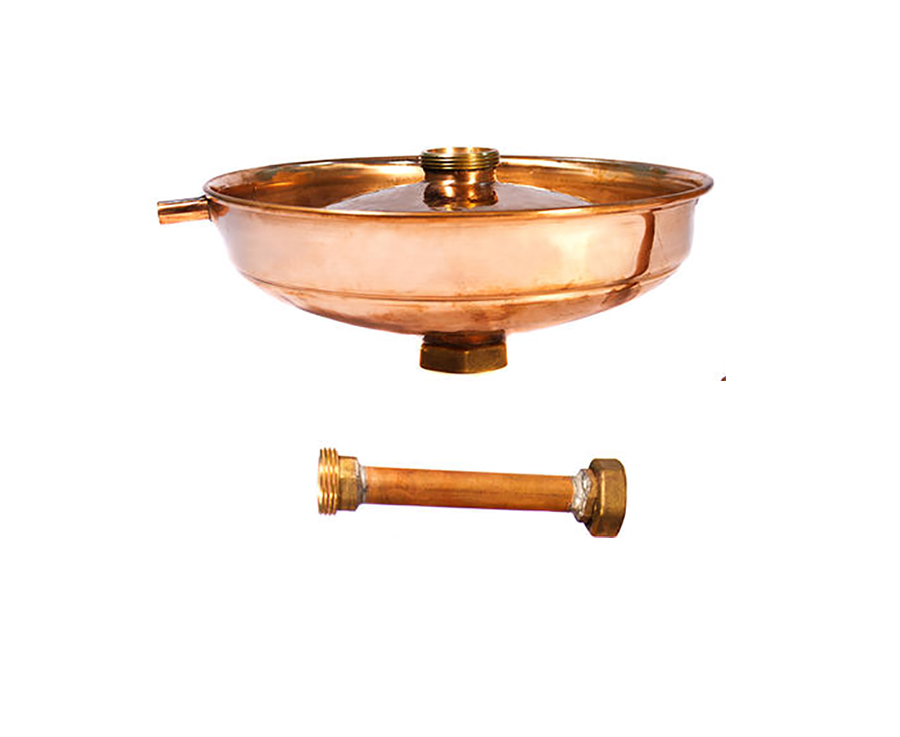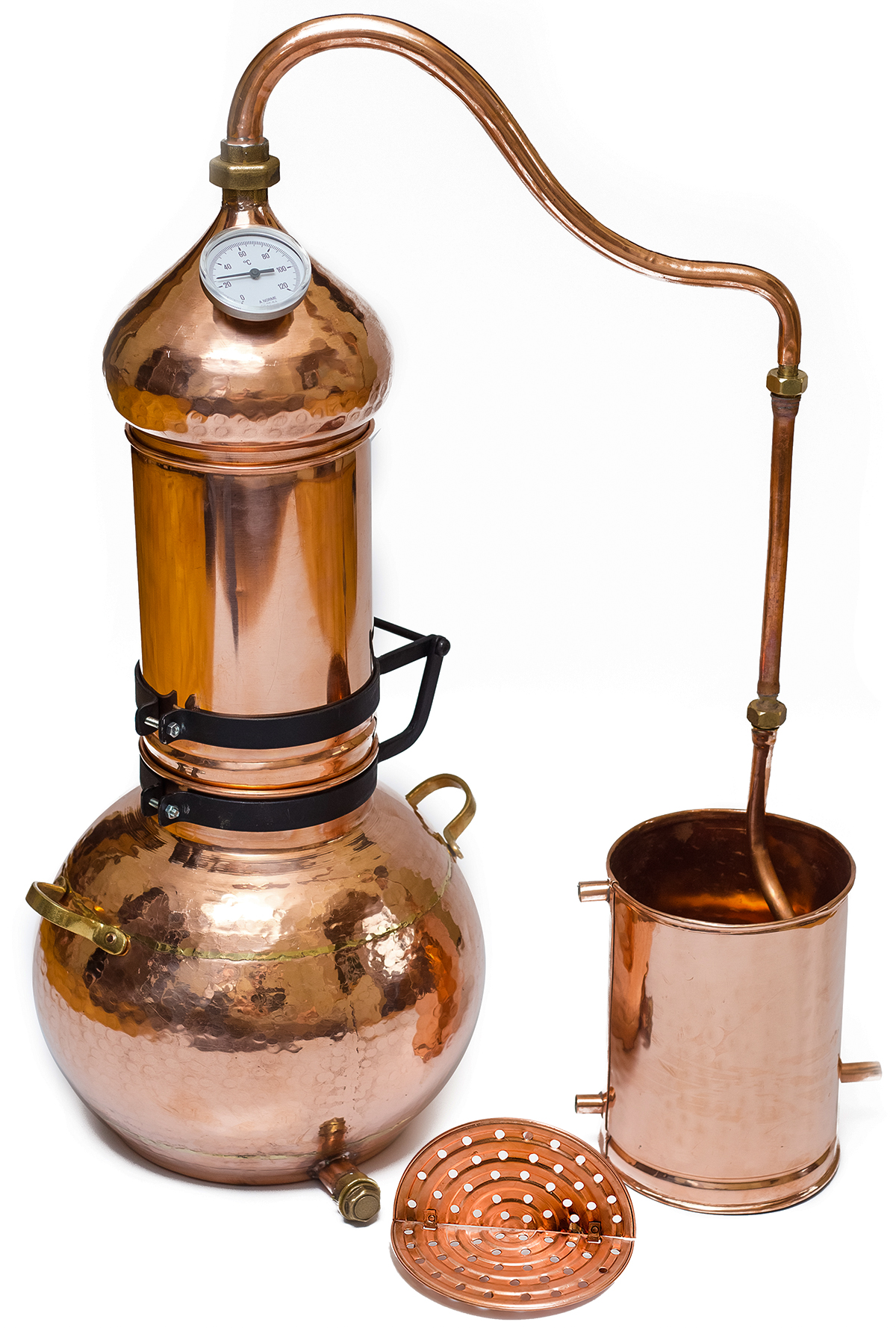Quantity
Total
Product successfully added to your shopping cart
There are 0 items in your cart. There are 0 items in your cart.
Total products (tax incl.)
Total shipping (tax incl.) To be determined
Tax 0,00 €
Total (tax incl.)
Continue shopping Proceed to checkout

Is it worth engaging in home distillation?
Is it worth engaging in home distillation?
In our time, the prices of alcoholic beverages are constantly rising. The cost of a minimal bottle of vodka is 10.00 euros. Have you ever thought about what kind of alcohol is used to make vodka? In the age of technology, it is possible to produce alcohol from anything, starting from wood and ending with oil. Perhaps, this is why sometimes, after consuming a bit in the morning, one may experience a headache. I'm not claiming that all producers are bad, but there are many who, in pursuit of greater profit, use low-quality alcohol.
Unfortunately, even in a laboratory, it is impossible to determine what alcohol is made of since, during rectification, alcohol produced from any raw material has the same formula. Usually, 95% alcohol, whether made from grains or potatoes, is used for medical purposes through multiple distillations. Hence, even if alcohol is made from oil, no one can prove it, except for your body the next morning.
I have been engaged in home distillation for many years, and I can confidently say that the product I produce is much better than store-bought. Not once did anyone, either myself or my friends, experience a headache after consuming my product, even on occasions when a considerable amount was consumed.
I want to calculate the cost of homemade distillate together with you, using Portugal's prices as an example.
So, I have a 20-liter copper still with a rectification lens. 
For the mash, we need 6 kg of sugar. 1 kg costs 1.50 euros, making a total of 9.0 euros.
1 packet of distillers' yeast is approximately 5.0 euros.
Additional expenses for heating the still and water for distillation - 20.0 euros.
TOTAL OUR EXPENSES 34.0 euros.
After distillation, I get 5 liters of pure product with a strength of 50-60 degrees.
The cost per liter is 7.0 euros.
Taking into account that the first 10% is collected in a separate container for technical purposes and is not suitable for consumption.
When the strength of the distillate drops below 30 degrees, the process should be stopped. The remaining fractions contain a large number of heavy chemical elements, including acetaldehydes, which can cause significant harm to our bodies. Simply stop the heating process and remove the container with the drinking distillate. Dispose of the residues. Some people run them through several repetitions to not miss a drop of the drink. I do not recommend doing this, as there is a high risk of introducing unnecessary chemical compounds into the distillate.
I also do not welcome the subsequent re-distillation of the already obtained distillate to increase its strength. If you need pure alcohol, it is easier to obtain it through rectification. The distillate should retain its natural organoleptic properties.
In total, we have 5 liters of strong and pure product that you made yourself and know the source of. After that, it's up to personal preference - you can dilute it to 40 degrees or make various infusions.
And if you perform distillation on our still with a column, during the distillation process, you can put fruits or herbs into the column, and you will get the purest product with the aroma and taste of the product you used. If you use a still with a column, the rectification lens is not needed; its role is performed by the column.

Plus, you have unlimited opportunities for experiments. So, it makes sense to consider it.
Posted on 2023-12-13 by Is it worth engaging in home distillation 0 1368
Leave a CommentLeave a Reply
You must be logged in to post a comment.
